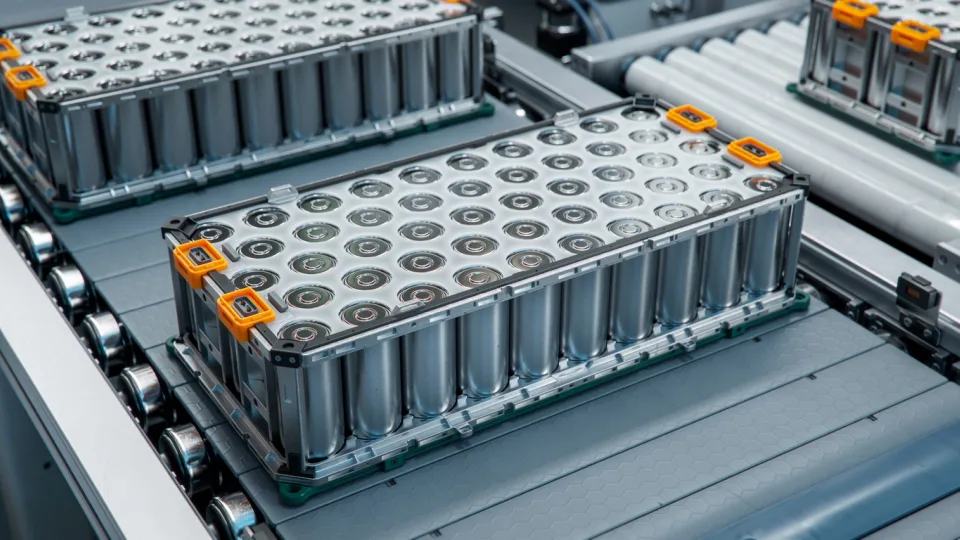
Texas scientists claim to have identified the culprit behind nickel-based cathode cracking in electric vehicle batteries.
Spotlighting the cause is a big step toward extending charge life and creating a safer battery, The University of Texas at Austin (UT) researchers said in a lab report.
Nickel-based cathodes are a common, key part of batteries. They are proven to provide high capacity and density, though the cycle life is suspect, per ScienceDirect.
Life-shortening cathode cracking was long thought to develop due to wear and tear from battery use, which the UT team said most industry experts considered “inevitable.” But, their research suggests it has more to do with the reaction between the electrolyte and the cathode.
Now, research on that relationship could lead to better battery chemistry that extends the power pack’s usefulness, according to the team.
“Unfortunately, the whole field has been misled, and we want to correct that misconception and show that we need to pay more attention to the electrolyte,” research leader Arumugam Manthiram said in the UT report.
It’s part of efforts in the industry, including unique inspection concepts, to make batteries safer, helping to expand an EV sector that is already growing.
As part of the charge/discharge process, lithium ions pass back and forth between the cathode and anode. The ions travel through a solution (this can be a liquid or solid) called the electrolyte, according to the U.S. Department of Energy.
And, that’s where UT experts saw the trouble.
“We found that the electrolyte reacting with the cathode surface leads to the increased crack formation,” Manthiram said in the lab report.
The UT team reports that reversible cracking happens during battery operation. But, the electrolyte is working its way into those openings, removing oxygen from the cathode, and solidifying the cracks, per the UT report.
To help visualize the problem, the experts likened this process to a river eroding its banks. And, in their opinion, the electrolyte’s impact on the cathode’s surface is the main cause for the degradation.
With the right problem discovered, the team hopes that more battery experts can now focus on the electrolyte/cathode relationship for cracking solutions. It might be an easier problem to fix than developing new cathode materials.
Experts in labs around the world are working to find the right mix of metals to form the best-performing battery. Even common elements like iron and air are a part of some concepts.
“For the greater community, it is a lot more scalable to use better electrolytes than to rely on exotic structural modification methods that are not proven in a commercial sense,” UT researcher Steven Lee said. “Our perspective educates the battery community to look at this problem with a different point of view that can provide us with an easier solution to prolong battery life.”
